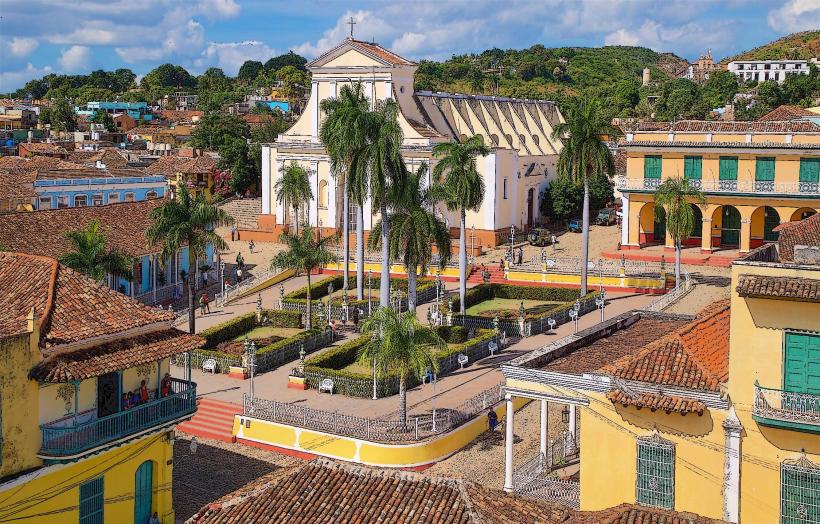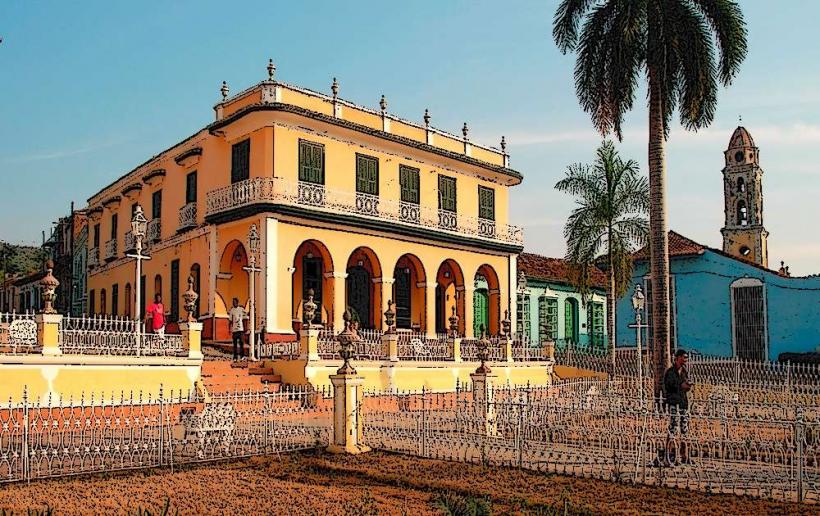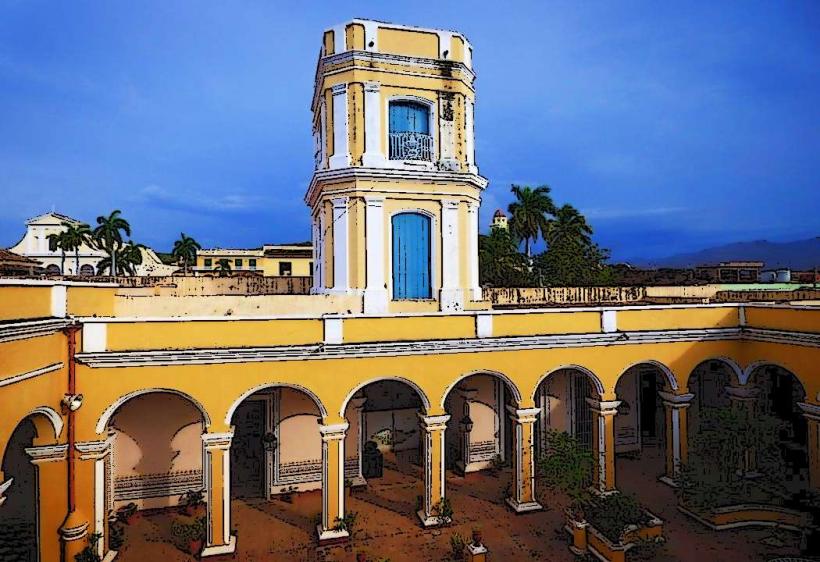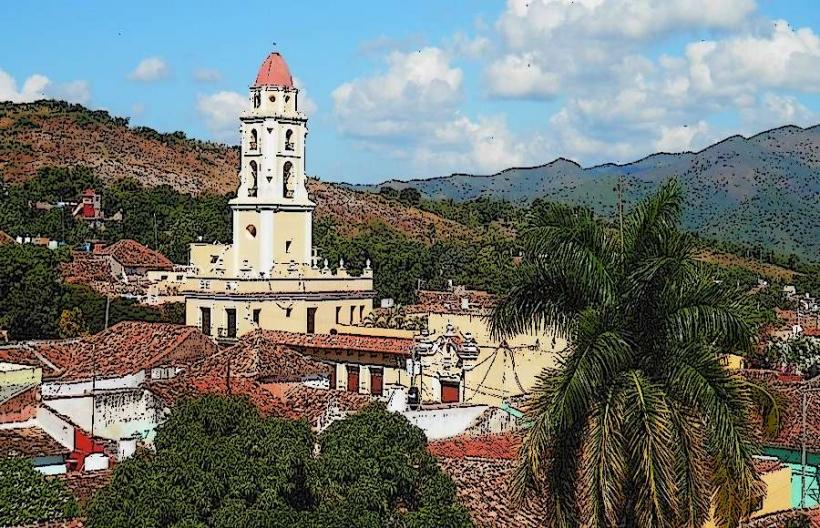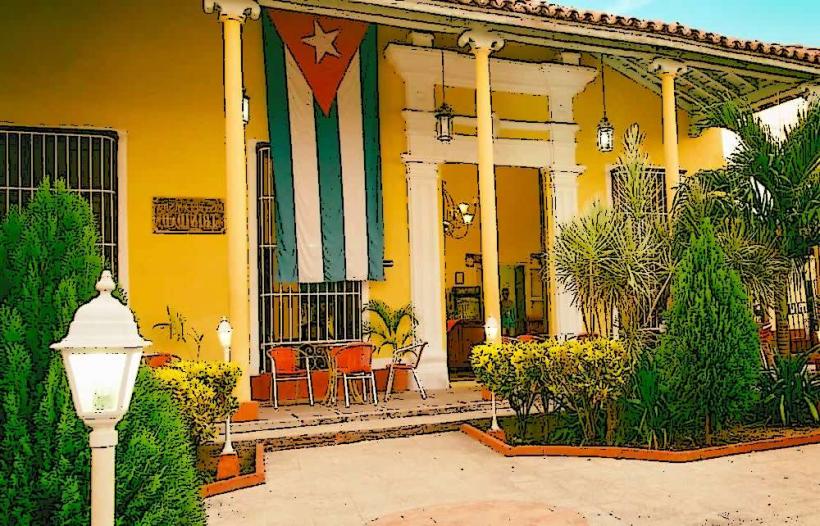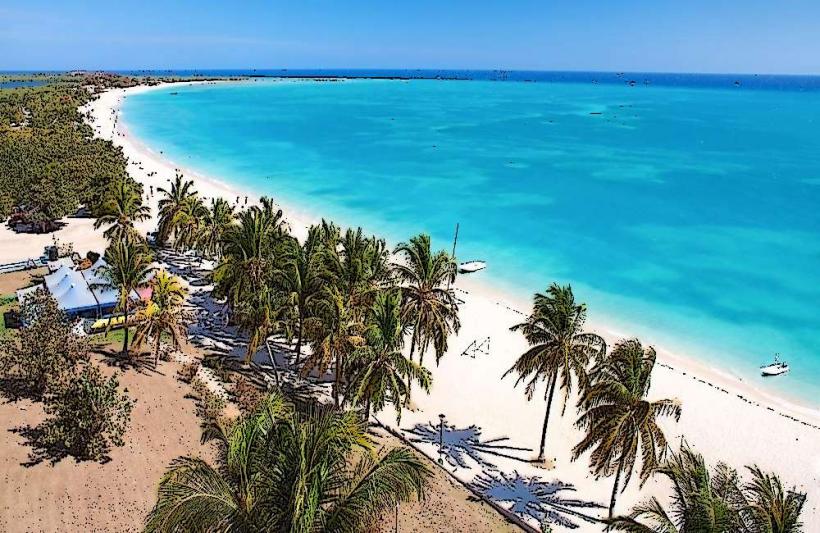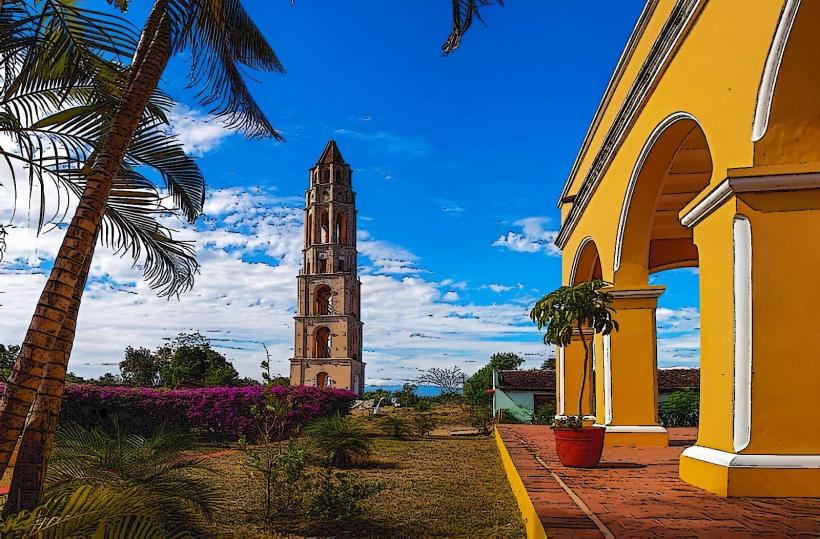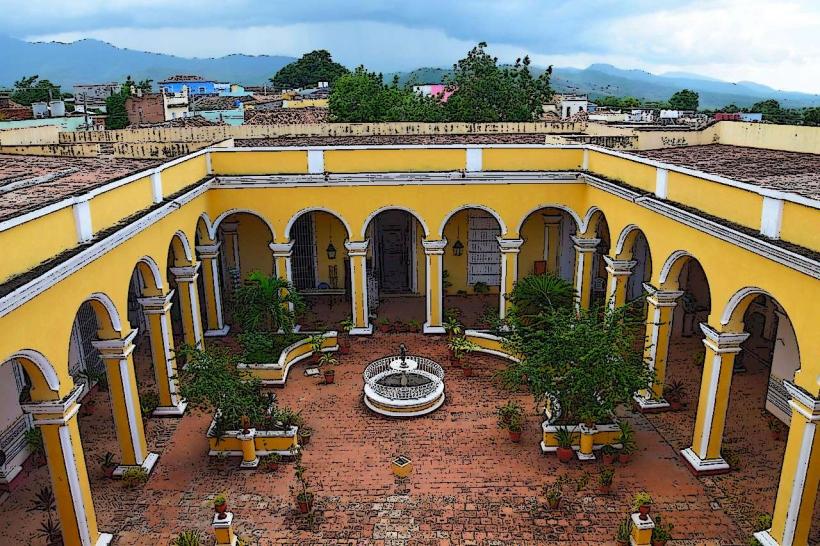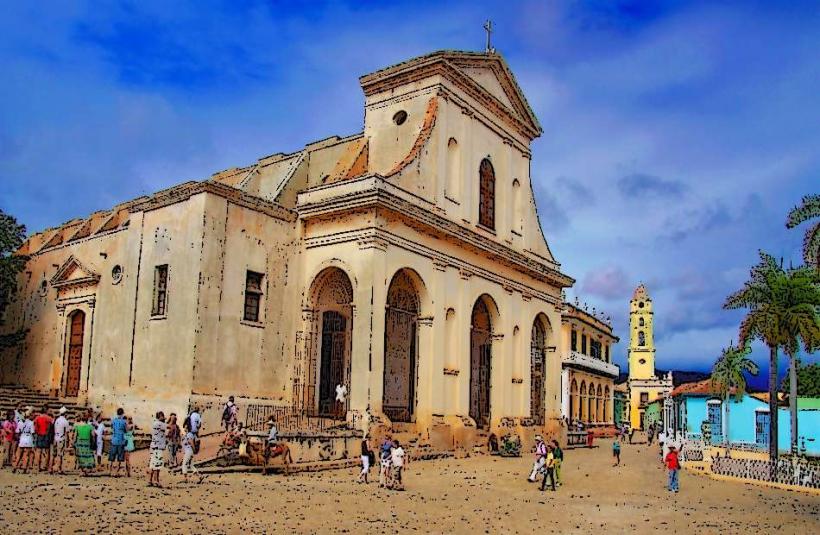Information
Landmark: Museo de Arquitectura ColonialCity: Trinidad
Country: Cuba
Continent: North America
The Museo de Arquitectura Colonial (Museum of Colonial Architecture) in Trinidad, Cuba, is a significant cultural institution dedicated to showcasing the architectural heritage of the town from the colonial era. Housed in a beautifully preserved colonial building, the museum offers visitors an opportunity to learn about the design, construction, and evolution of Trinidad’s distinctive architectural style, which reflects both Spanish colonial influence and African cultural elements.
Key Features of Museo de Arquitectura Colonial:
Historical Significance:
- Trinidad itself is a UNESCO World Heritage site, and much of its appeal comes from its well-preserved colonial architecture. The Museo de Arquitectura Colonial serves as a focal point for understanding the development of Trinidad’s architecture over several centuries.
- The museum is housed in a 17th-century colonial mansion, offering a glimpse of the type of buildings that were once common in Trinidad during the colonial period. The building's design is an excellent example of Cuban Baroque and neoclassical architectural styles that were popular during Spanish rule.
Exhibits and Collections:
- The museum’s exhibits highlight the evolution of Trinidad's architecture, including the materials, techniques, and architectural elements that were used in the town's most iconic buildings. The collections showcase detailed models, sketches, and photographs that explain the development of key architectural styles.
- Architectural Models: The museum displays scale models of various colonial-era buildings, giving visitors a sense of the grandeur and style that defined the architecture of Trinidad and other cities in Cuba.
- Original Artifacts: Visitors will find a range of artifacts that reflect the materials and furnishings used in the homes and public buildings of colonial Trinidad. These include furniture, decorative items, and household goods that were typical of the period.
Architecture and Design:
- The museum’s building itself is an example of colonial-era architecture, with many features typical of the period, such as high ceilings, wooden shutters, and inner courtyards. The building's balconies and ironwork are significant aspects of the colonial aesthetic, and the layout offers insight into how houses were designed for both aesthetic appeal and practical use during the colonial era.
- Inner Courtyard: One of the museum’s most striking features is its beautiful central courtyard, which was typical in colonial architecture. The courtyard is surrounded by columns and serves as a space for displaying sculptures and other works of art.
- Decorative Details: The museum’s interior features decorative elements such as painted wooden ceilings, mosaic floors, and stained glass windows, which were common in Cuban colonial homes and public buildings.
Architectural Evolution:
- The museum explores the historical influences that shaped the architecture of Trinidad, including Spanish colonial, African, and Caribbean elements. The Spanish brought European architectural styles to the island, but the local climate, available materials, and the use of enslaved labor also played a role in shaping the final design of the buildings.
- Key architectural styles showcased in the museum include:
- Baroque: Many of Trinidad’s buildings, especially churches, feature Baroque facades and decorations.
- Neoclassical: Some public buildings, such as mansions and government structures, adopted a more restrained neoclassical style that emerged in the 18th century.
- Caribbean Vernacular: Elements of the Caribbean vernacular are present, including open verandas, wide windows, and thick walls that helped keep homes cool in the tropical climate.
Cultural Context:
- The museum provides insights into how the sugar industry influenced the town’s architectural development. Many of Trinidad’s wealthiest families built large homes in the city, using their profits from sugar production. The grand estates and their design choices reflect the social hierarchy and the wealth generated by the sugar trade.
- The museum also touches upon the role of African slaves in the development of the town, with certain architectural features reflecting the African influence on Cuban culture, such as the use of local materials and carving traditions.
Educational Programs and Events:
- The Museo de Arquitectura Colonial offers educational programs, including guided tours in both Spanish and English, where visitors can learn more about the history and significance of Trinidad’s architecture.
- The museum occasionally hosts temporary exhibits related to architecture, art, or history, which can provide visitors with fresh perspectives on the town’s past.
- Special events, such as lectures, workshops, and cultural exhibitions, may also be organized throughout the year to engage both local residents and visitors.
Location and Accessibility:
- The museum is located in the historic center of Trinidad, just a short walk from Plaza Mayor, the main square. The town itself is known for its cobblestone streets and colorful colonial buildings, making the museum a great starting point for anyone interested in exploring the area’s rich architectural history.
- Visitors can easily combine a visit to the museum with other nearby attractions in Plaza Mayor, such as Museo Romántico, Museo de Historia Municipal, and La Casa de la Musica.
Visitor Information:
- Opening Hours: The museum is typically open daily, though hours may vary. It is recommended to check ahead for the most up-to-date information.
- Admission: There is usually a small admission fee for visitors, and additional fees may apply for guided tours or special events.
- What to Bring: Visitors are encouraged to wear comfortable shoes, as there is walking involved, and to bring camera equipment to capture the museum’s beautiful architectural details.
Conclusion:
The Museo de Arquitectura Colonial offers an in-depth look at the rich architectural heritage of Trinidad, Cuba, and its significance in the context of the island’s colonial history. With its well-curated exhibits, preserved colonial building, and educational programs, it is an essential stop for anyone interested in Cuban history, architecture, and culture. A visit to this museum provides valuable insights into how Trinidad’s distinctive architectural style developed and how it continues to shape the town’s identity today.

